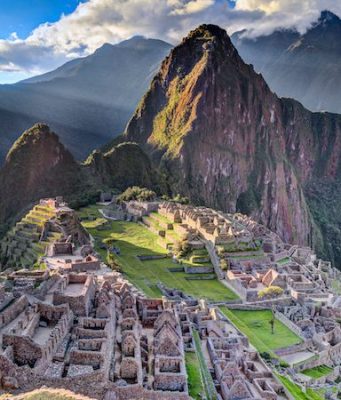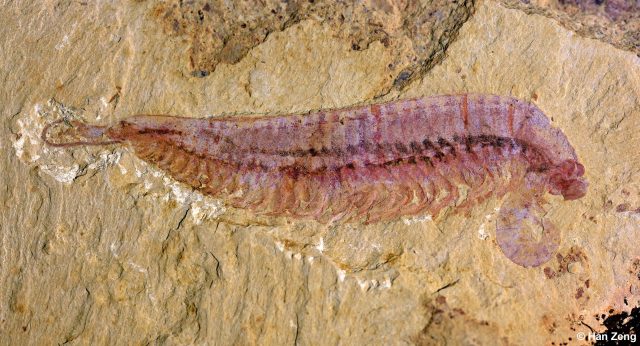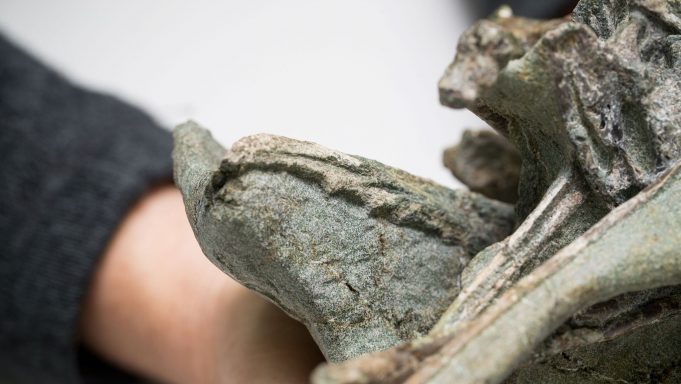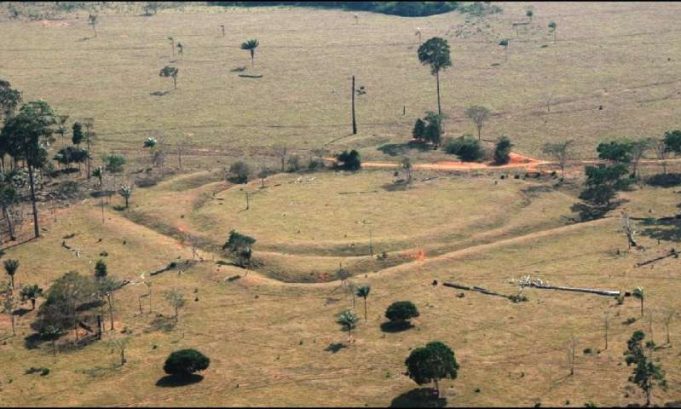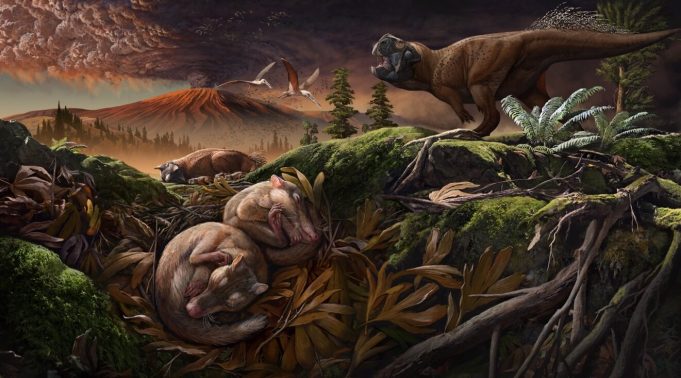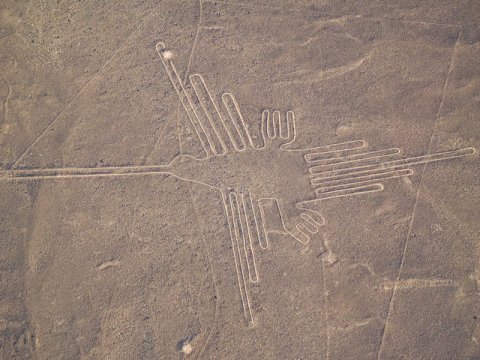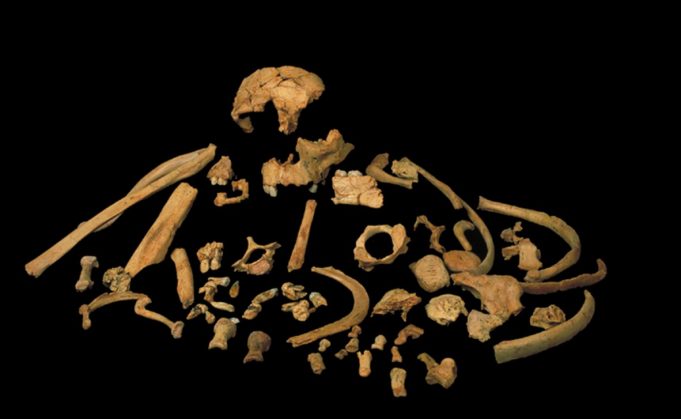Arthropods have been among the most successful animals on Earth since the Cambrian Period, about 520 million years ago. They are the most familiar and ubiquitous, and constitute nearly 80% of all animal species today, far more than any...
Megalodon—a giant predatory shark that has inspired numerous documentaries, books and blockbuster movies—likely went extinct at least one million years earlier than previously thought, according to new research published Feb. 13 in PeerJ—the Journal of Life and Environmental Sciences.
Earlier...
Discovered more than half a century ago in Kenya and sitting in museum storage ever since, the roughly 20-million-year-old fossil Propotto leakeyi was long classified as a fruit bat.
Now, it's helping researchers rethink the early evolution of lemurs, distant...
Chemical analysis on these storage jars mark the earliest discovery of wine residue in the entire prehistory of the Italian peninsula.
Credit: Dr. Davide Tanasi, University of South Florida
Chemical analysis conducted on ancient pottery could dramatically predate the...
The ancestor of some of the largest flying birds ever has been found in Waipara, North Canterbury.
Bony-toothed birds (Pelagornithids), an ancient family of huge seafaring birds, were thought to have evolved in the Northern Hemisphere—but that theory has been...
Parts of the Amazon previously thought to have been almost uninhabited were really home to thriving populations of up to a million people, new research shows.
Archaeologists have uncovered evidence that there were hundreds of villages in the rainforest away...
A joint research team led by Mao Fangyuan from the Institute of Vertebrate Paleontology and Paleoanthropology (IVPP) of the Chinese Academy of Sciences and Meng Jin from the American Museum of Natural History reported a new symmetrodont, Origolestes lii,...
Rock art painting showing a human figure collecting plants. Credit: The Archaeological Mission in the Sahara. Sapienza University of Rome.
A team of international scientists, led by the University of Bristol, has uncovered the earliest direct evidence of humans processing...
A scientific approach has been used to re-identify huge birds etched into the desert plains of southern Peru around 2,000 years ago. The birds appear to be exotic to the region and further studies could help explain their significance....
These are several cats buried in a 6000-year-old pit in Hierakonpolis, Egypt.
Credit: © Hierakonpolis Expedition
DNA found at archaeological sites reveals that the origins of our domestic cat are in the Near East and ancient Egypt. Cats were domesticated by...
Genetic information from an 800,000-year-old human fossil has been retrieved for the first time. The results from the University of Copenhagen shed light on one of the branching points in the human family tree, reaching much further back in...




